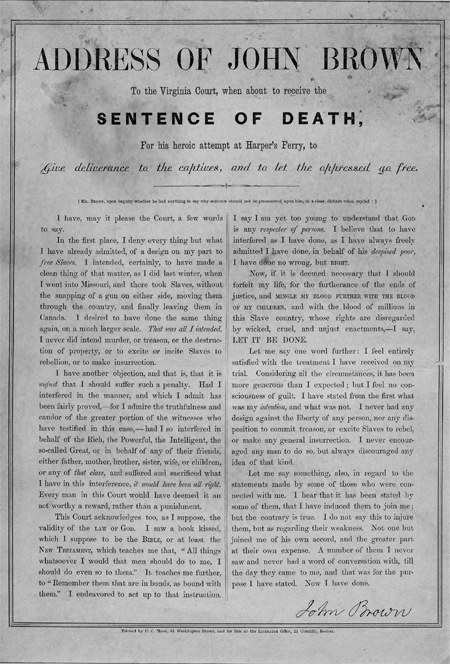Analyzing Primary Sources: Close Reading Markup Strategies

The plan today had been to post a CCSS-aligned primary source activity focused on close reading of images and texts but input from a great group of teachers at a professional development session necessitated a blog detour. So, instead, we’ll share a close reading markup strategy remix and resource list. Keep in mind that close reading strategies can be used to dive deep into texts as well as a variety of other primary source types.
Close reading markup strategies
- Number each paragraph, excerpt, or area.
(Consider dividing the text/source into sections or areas; mark each chunk with a rectangle.) - Circle unknown vocabulary.
(You may do this for students or have them do it.) - Highlight key terms.
- Use ! for thoughts/ideas and star (*) repeated thoughts/ideas.
- Use arrows to connect related thoughts/ideas.
- Mark ? next to a part of the text/source that is unclear or confusing.
- Mark ?! next to a part of the text/source that raises questions or is thought provoking (i.e., makes you want to investigate further to learn more).
- Underline (straight line) claims.
- Underline (wavy line) evidence that supports a claim.
- In the left margin (or using sticky notes, a digital comments tool, or a separate chart), summarize/rephrase creator claims.
- Mark POV for thoughts/ideas that represent the creator’s unique perspectives.
- In the right margin (or using sticky notes, a digital comments tool, or a separate chart), highlight author/creator purpose/intent (e.g., describing, explaining, comparing, contrasting, etc.).
Close reading resources
Keep It or Junk It: A Student-Run Lesson (video from the Teaching Channel)
Thinking Notes: A Strategy to Encourage Close Reading (video from the Teaching Channel)
10 Tips for Close Reading Success (blog post from Educational Technology and Mobile Learning)
Five close reading strategies to support the Common Core (blog post from iTeach. iCoach. iBlog.)
Common Core: Reading, Understanding & Analyzing Complex Texts (blog post from Catlin Tucker: Blended Learning and Technology in the Classroom)
Strategies for Close Reading and Critical Reflection (wiki page from Mark A. McCutcheon, Assistant Professor of Literary Studies, Athabasca University)
Your Argument Is Full of CRAPP! Robert Valenti
Related PSN Posts
- Analyzing Primary Sources: Close Observation & Purposeful Questions
- Analyzing Primary Sources: Image Sequencing Activities
- Analyzing Primary Sources: Primary Source Investigations
- Analyzing Primary Sources: Primary Source Thinking Triangle Activity
- Analyzing Primary Sources: Sensory Exploration
- Connecting to the Common Core: Analyzing Primary Source Images
- Connecting to the Common Core: K-5 Writing Prompts & Activities
